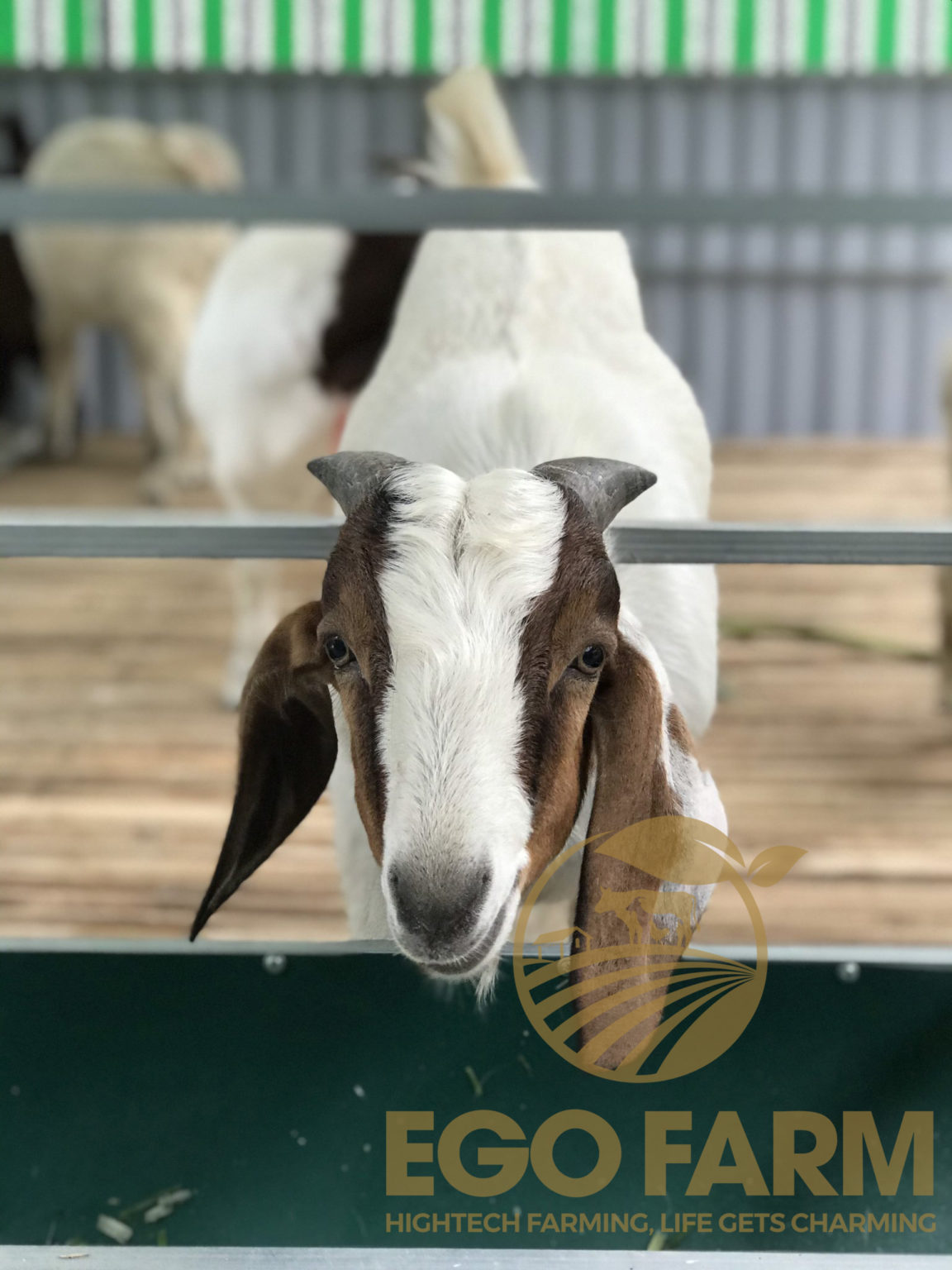
Quarantine any new animals joining your herd for at least 30 days, even your own goats that leave the farm for breed shows or fairs.Frequently remove any soaked bedding and muddy, manure-soiled areas. Since the bacterium needs moist, anaerobic conditions, keeping stalls clean and dry helps keep it under control.

Regular hoof trims reduce overgrown areas where wet mud can be trapped. Trim goat hooves regularly and inspect for signs of injury or disease.Take these steps to ensure good goat hoof health: Proper goat hoof trimming can’t eliminate the chance of your goat contracting hoof rot, but a healthy hoof is more resistant to bacteria in the environment. It could be that your goat could use a joint lubricating supplement to combat the effects of aging. If you don’t see any evidence of disease or find any tender spots on the bottom of the hoof, check for other causes of lameness. A goat may hold up a stiff leg after lying down for a long period. Arthritis in older goats can lead to lameness and sore joints, and cold weather plays a part in arthritic pain. Stone bruising can cause pain and the goat will react by limiting weight on that foot. Examine the hoof completely before treating. It’s important to keep shelters dry so goats do not bring disease in. If any animal on the farm property has foot rot, the bacterium will now live in the soil.
TREATMENT FOR ARTHRITIS IN GOATS HOW TO
Photo by Janet Garman How to Avoid a Case of Hoof Rot in Goats Drovdahl’s recommendation is 12 total drops of essential oil per tablespoon of olive oil. Note that not all these essential oils are safe for use in pregnant livestock. Other blends can be made from tea tree oil, cinnamon oil, clove oil, peppermint oil or sage oil. Katherine Drovdahl, in her book The Accessible Pet, Equine and Livestock Herbal, recommends lavender essential oil and oil of garlic in a blend used to treat foot rot in hoofed animals. Using Herbal and Essential Oil Treatments for Treating Foot Rot in Goats Farm supply retailers sell boots for goats that hold the solution against hooves.įoot rot treatments include copper sulfate solutions in easy-to-use spray bottles, such as Hoof and Heel, which squirt directly onto affected areas between toes. You can use concrete mixing pans, plastic dishpans, or any large, shallow container. Pour enough solution into a shallow pan for the goat to immerse affected hooves. Treating foot rot in goats is a lengthy process but consistency is key to healing.Ĭopper sulfate foot bath is a standard treatment. Winter wet weather can contribute to a bad case, or other goats with foot rot can bring the infection to your herd. You might find that cleaning more frequently helps reduce the incidence of foot scald and hoof rot in goats. Is the ground damp and moist? Is manure, mud, and dirty bedding accumulated? If so, get that cleaned out and put fresh, dry bedding down. I even suggest that you clean off the goat stand.Ĭheck the stall or paddock where the goats are housed. This is a highly contagious bacterium and is easily spread through the herd. Keep the goat on dry ground until you have cleaned the stall and set down dry bedding.ĭisinfect tools before use on any other hooves. Gently clean the affected hoof using a disinfectant solution diluted in water.

necrophorum to create an enzyme causing hoof rot.

When the secondary bacterium is introduced, Bacteroides nodusus joins with F. This is exactly the situation in deep, muddy pastures or stalls. Since it is anaerobic, it needs to grow in the absence of oxygen. Fusobacterium necrophorum lives in the soil. Two organisms cause foot rot: Fusobacterium necrophorum and Bacteroides nodusus. A small irritation or abrasion can let bacteria enter the hoof and soft foot tissue. Any prolonged periods of moisture can lead to goats limping and holding a leg up. The reason for hoof rot in goats has been, in my experience, wet, moist ground and damp weather. An irritated, red area or white and infected-looking tissue are telltale signs of foot scald or hoof rot in goats. If the goat has scald or rot, this may be painful, so be quick and gentle. Look for pebbles or debris that may be lodged under a flap of overgrown hoof material. Wipe the hoof and use the pick to remove any mud accumulated in the hoof. Examine the Hoof for Signs of Foot Rot in Goats


 0 kommentar(er)
0 kommentar(er)
